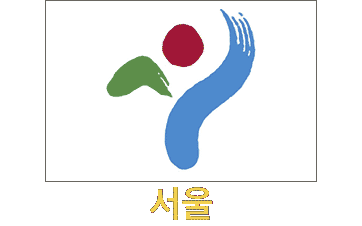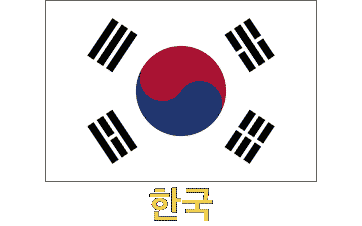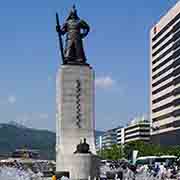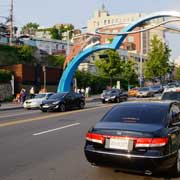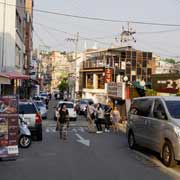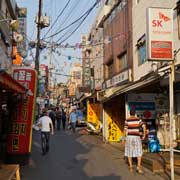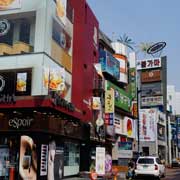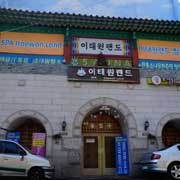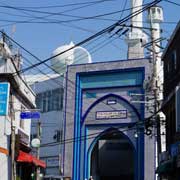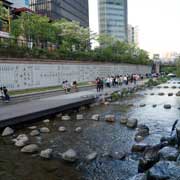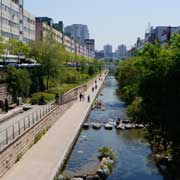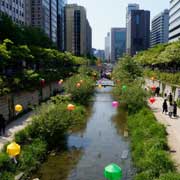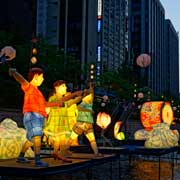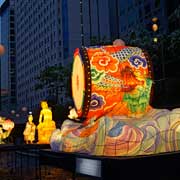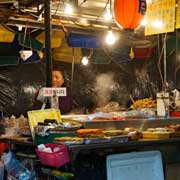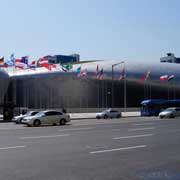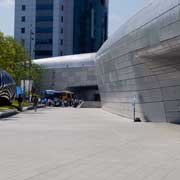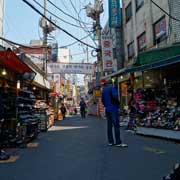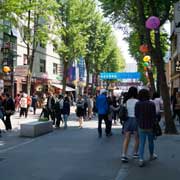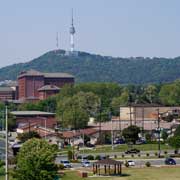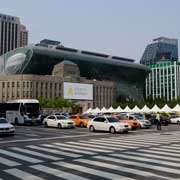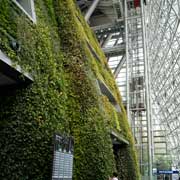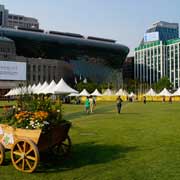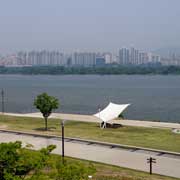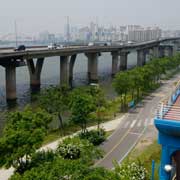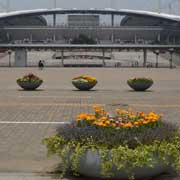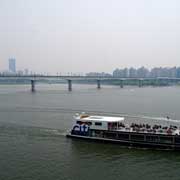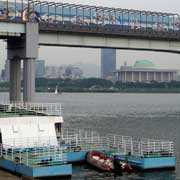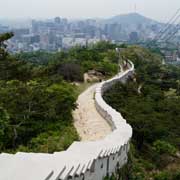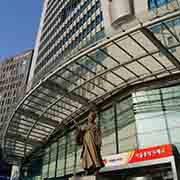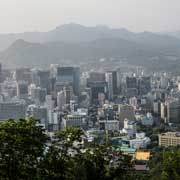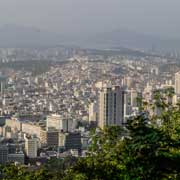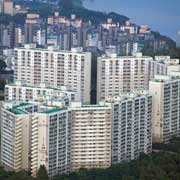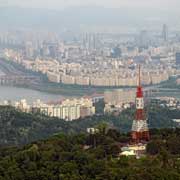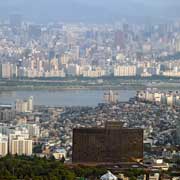Photos of Seoul, Capital of South Korea, Korea
Seoul, Capital of South Korea
Seoul is the capital and largest city of South Korea, one of the world’s largest metropolitan areas with over 25 million residents: over half of all South Koreans. It is also the heart of the Seoul Capital Area, including the surrounding Incheon metropolis and Gyeonggi province.
you may then send it as a postcard if you wish.
Modern Seoul is the world’s most wired city, with WiFi universal and often free. It is the birthplace of K-pop, “Gangnam Style”, named after Gangnam district, on the south bank of the Han river, known for its heavily concentrated wealth and high standard of living and education. Modern landmarks include the iconic N Seoul Tower on Mount Namsan, the new Seoul City Hall with its most extensive vertical indoor garden in the world, the neo-futuristic Dongdaemun Design Plaza and many more. It has an excellent underground rail system, making all city areas easily accessible.
One of Seoul’s unique features is Cheonggyecheon, a stream in the centre of the city that already flowed here during the Joseon Dynasty (1392-1910) but was covered with an elevated highway, as part of the country’s post-war economic development after the Korean War (1950-1953). In 2003 the elevated highway was removed to restore the stream to its present form, an almost 11 kilometres long, modern public recreation space, an oasis in the busy city.
